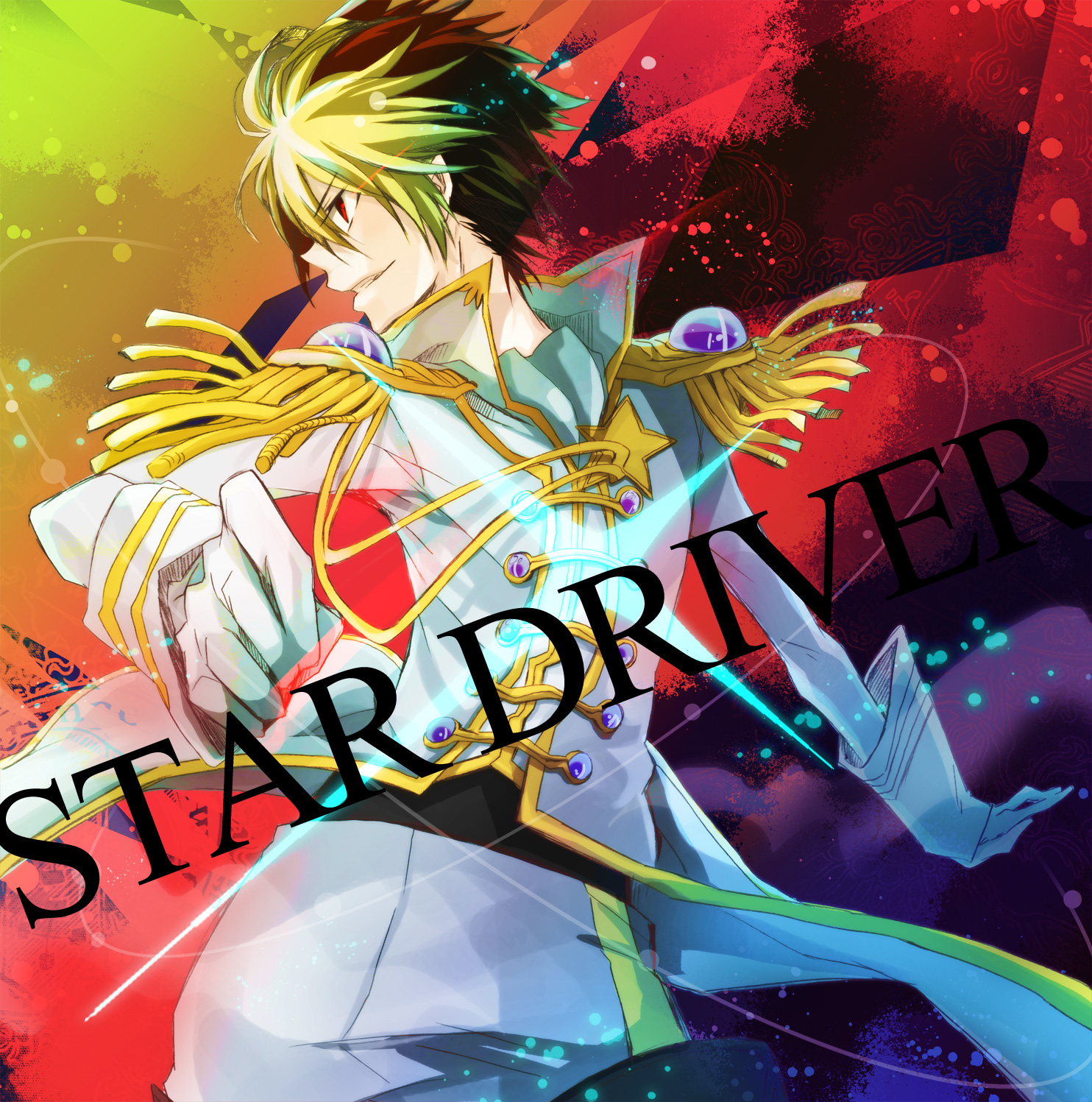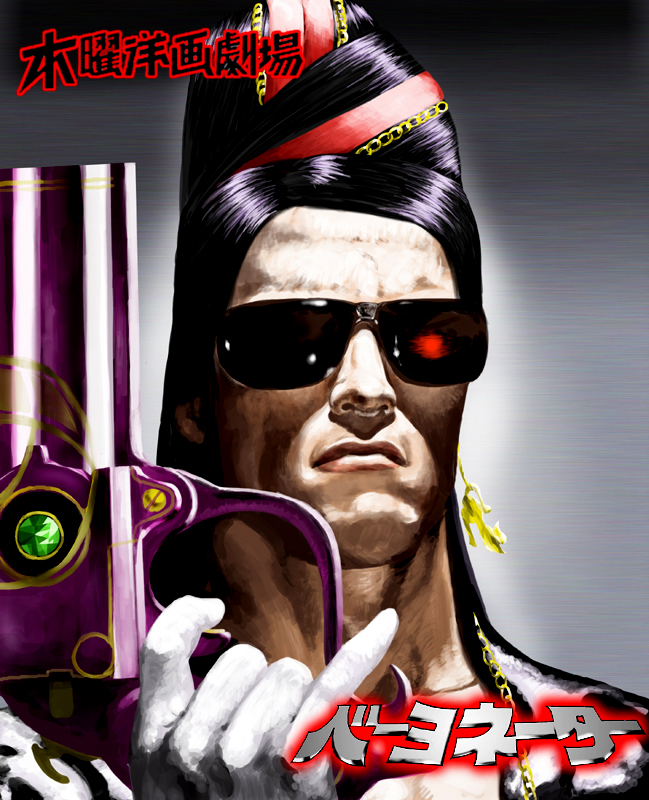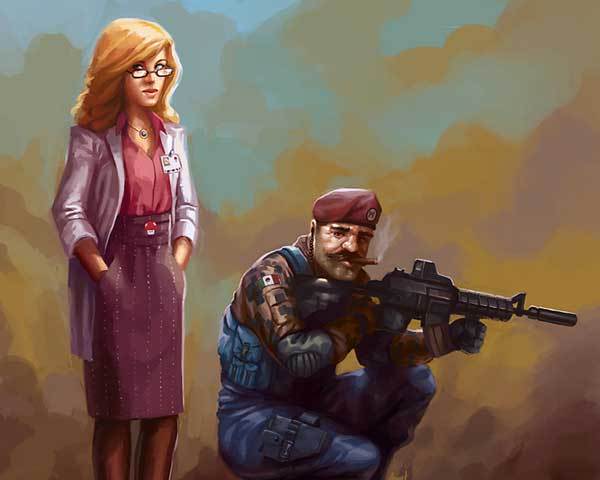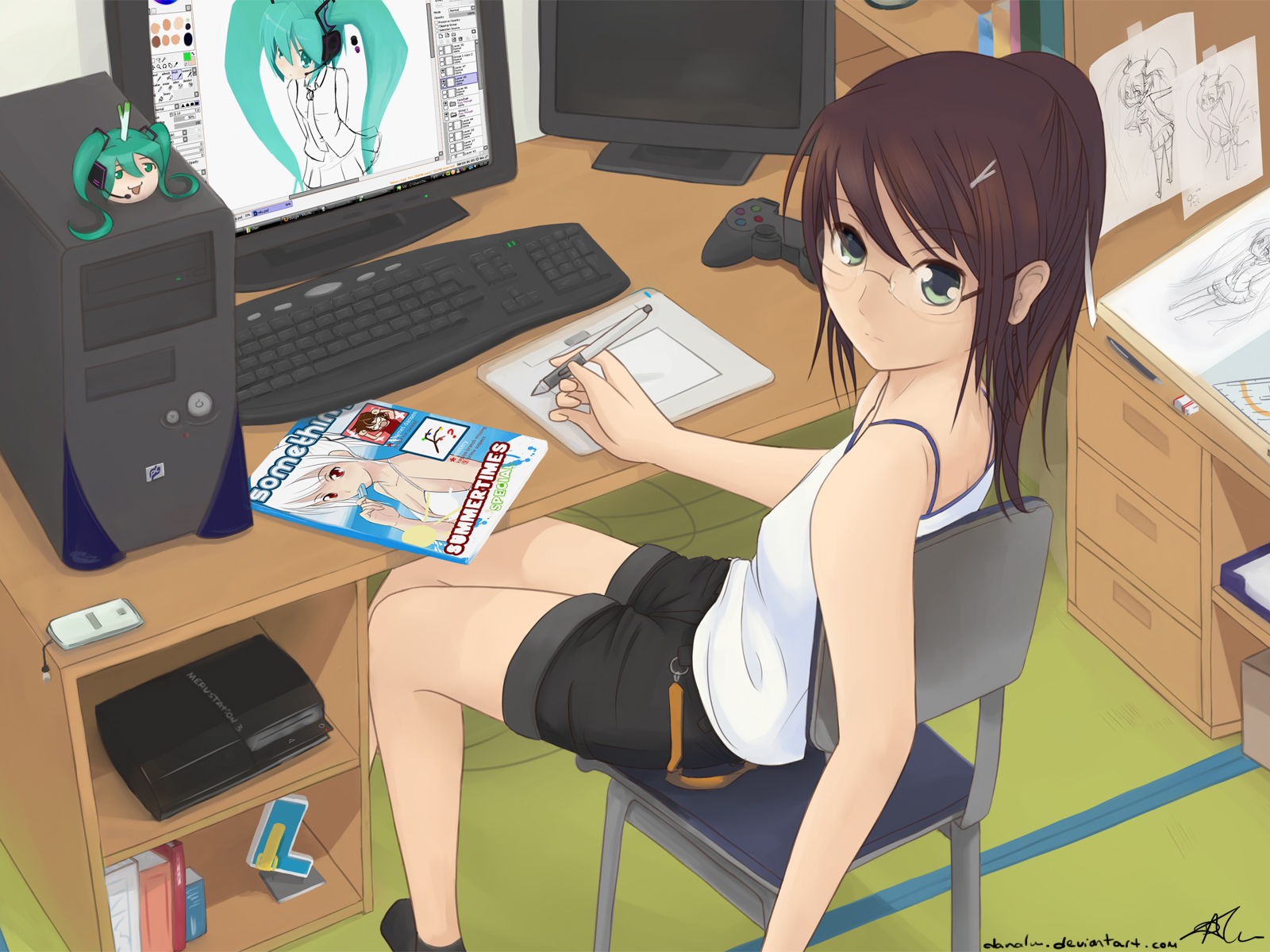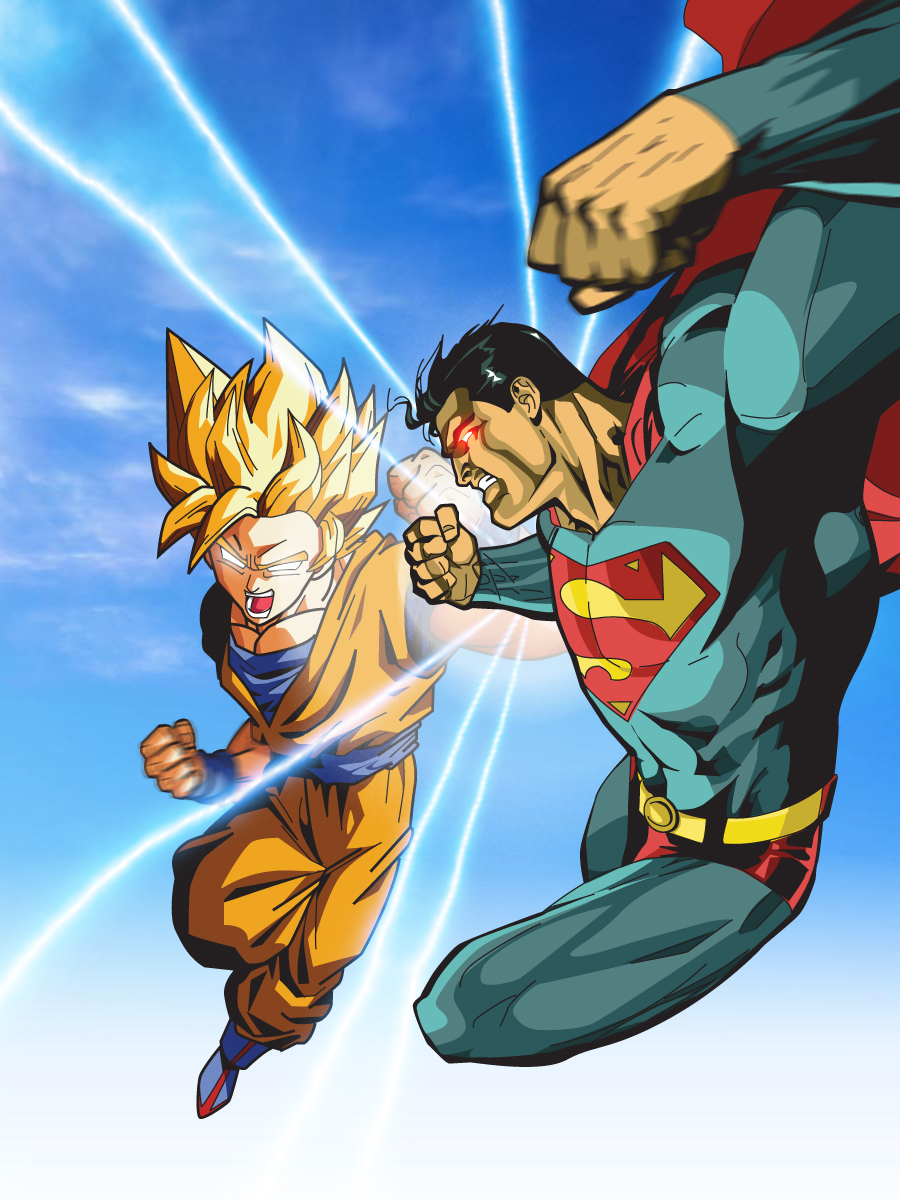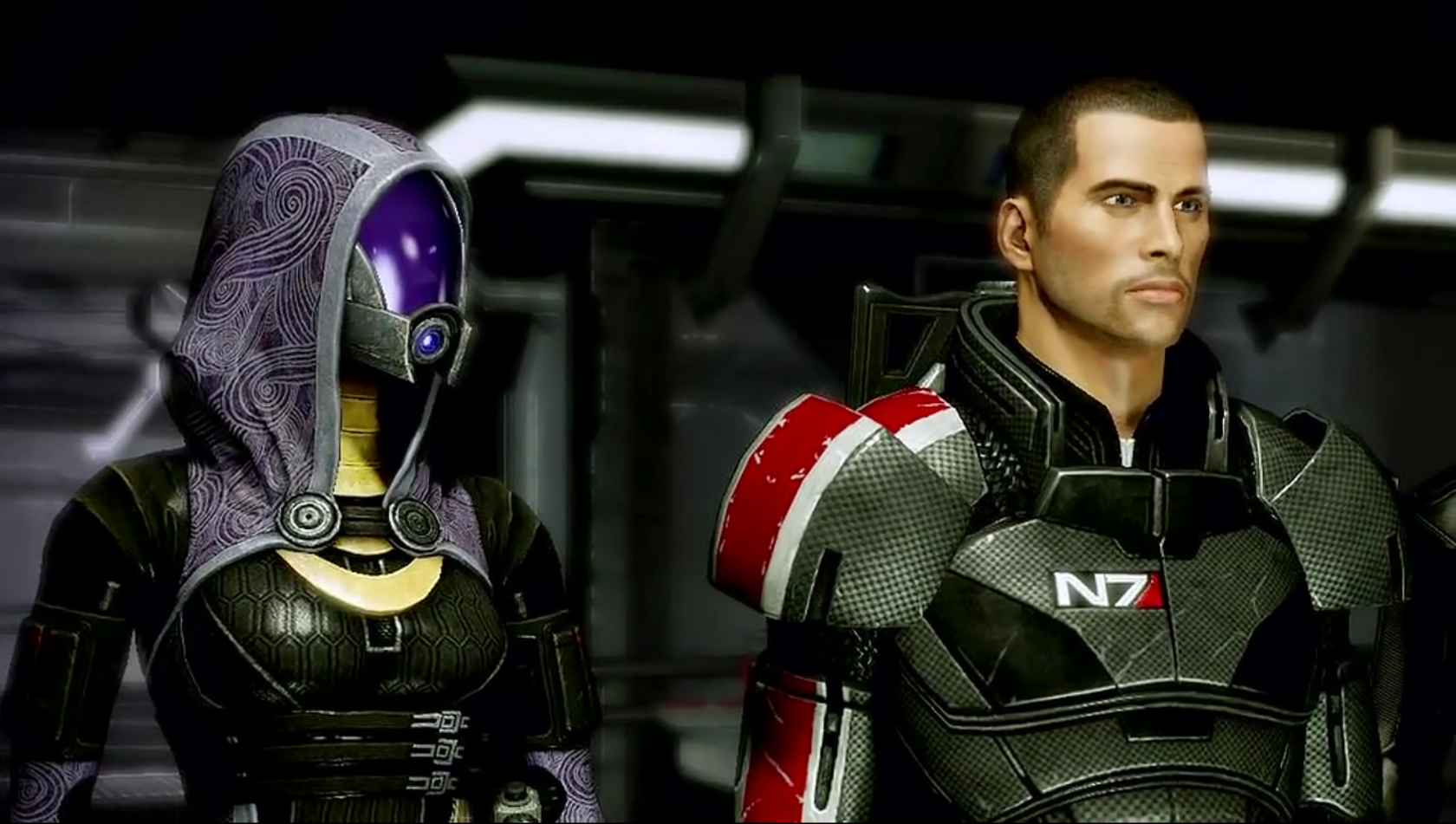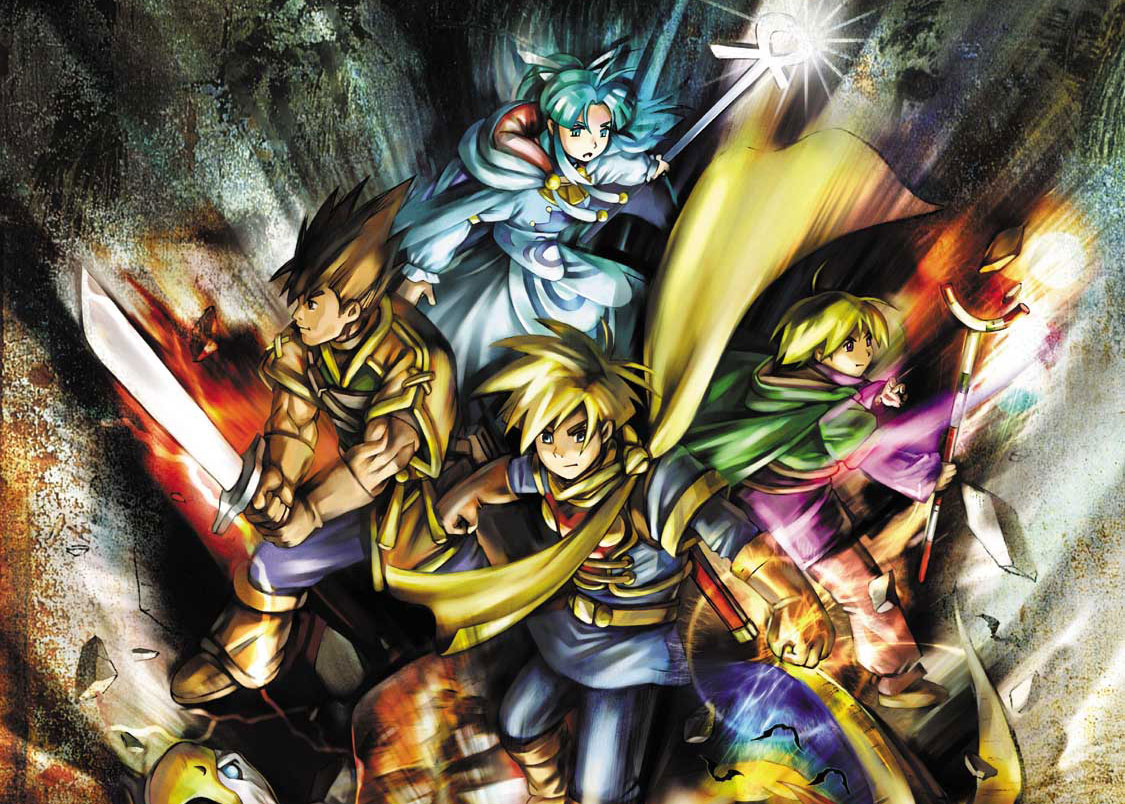One of the more common stereotypes about anime is that it’s filled with perverted fanservice. Of course, shows like Samurai Girls and Rio Rainbow Gate partially support this stereotype, but I don’t get why it’s such a big deal. I mean, modern American culture is just as hyper-sexualized as Japanese culture. Perhaps our tastes are different: for example, Americans tend to frown on lolicon and incest, whereas Japan seems to have an aversion towards the “butch women” fantasy. But, at the end of the day, the entertainment mediums of live-action TV and anime are more alike than most of us realize. For example, there’s an American show that was utterly trashed by gratuitous fanservice. It’s called Battlestar Galactica.
I’m not referring to the cheesy 1978 pulpfest starring Richard Hatch. To be frank, that incarnation of BSG never had many redeeming qualities to begin with. No, I’m talking about Ronald D. Moore’s infamous 2003 reboot. I was initially very optimistic about this show, despite my dislike of Moore’s work on Deep Space Nine. What intrigued me was Moore’s manifesto for the show: he wanted to make it a pioneer of “naturalistic science fiction.” It was a bold concept… sci-fi based on the practical instead of the fantastic. BSG was intended to be a hyperrealistic, down-to-earth show featuring hard science and believable characters. No archetypes, no technobabble, and above all no deus-ex-machina. It sounded like the sci-fi show we had all been waiting for.


